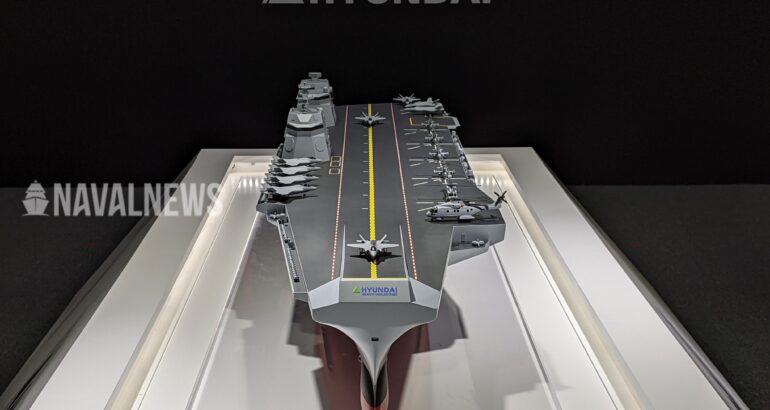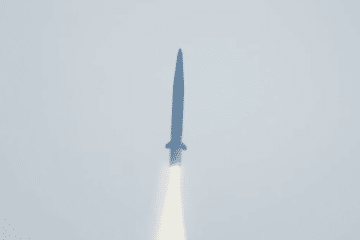The Defense Acquisition Program Administration (DAPA) said on June 29th that it approved preliminary plans for the purchase on the 9th of the same month. Some are saying that the move raises doubts about the future of the CVX program.
If confirmed, the plan will see the ROKAF invest ₩ 3.9 trillion, or around $ 3 billion, to acquire 20 additional F-35As from 2023 to the late 2020s. DAPA is expected to finalize the decision later this month. The new development comes four years after the ROKAF first proposed the plan in 2018. The plans were struck down at the time due to the focus given on purchasing F-35Bs for CVX.
“The decisions made at the subcommittee need to be given approval by the Defense Acquisition Program Promotion Committee. Therefore, we cannot confirm that the plan will proceed at this time.”
DAPA statement
Despite this, the decision is still a major blow to the CVX program given the history of competition between it and the F-35A program. Naval News reached out to the Ministry of National Defense (MND) for comment:
“We will follow the decisions made by the Defense Acquisition Program Promotion Committee in the future regarding the purchase of additional F-35s. While DAPA is re-examining the decisions made by the National Assembly last year, the CVX program is progressing as planned as of now.”
South Korea Defence Ministry response to Naval News

Several key members of the Yoon administration, including the Minister of National Defense, have expressed reservations about the aircraft carrier program. Experts say that the new administration’s emphasis on countering North Korea’s missile and nuclear capabilities contributed to the decision to approve the ROKAF plan.
South Korean military strategy calls for a preemptive strike against major nuclear and missile facilities if an attack by North Korea becomes apparent. Dubbed the Kill Chain doctrine, the success of this strategy depends on deploying advanced fighters.
Another factor is the ROKAF’s large fleet of obsolescent fighters. The force will be 30 to 70 airframes short of the required number of fighter aircraft, even if the KF-21 program proceeds as planned, as several F-4s and F-5s are retired in the 2025 to 2031 timeframe.






